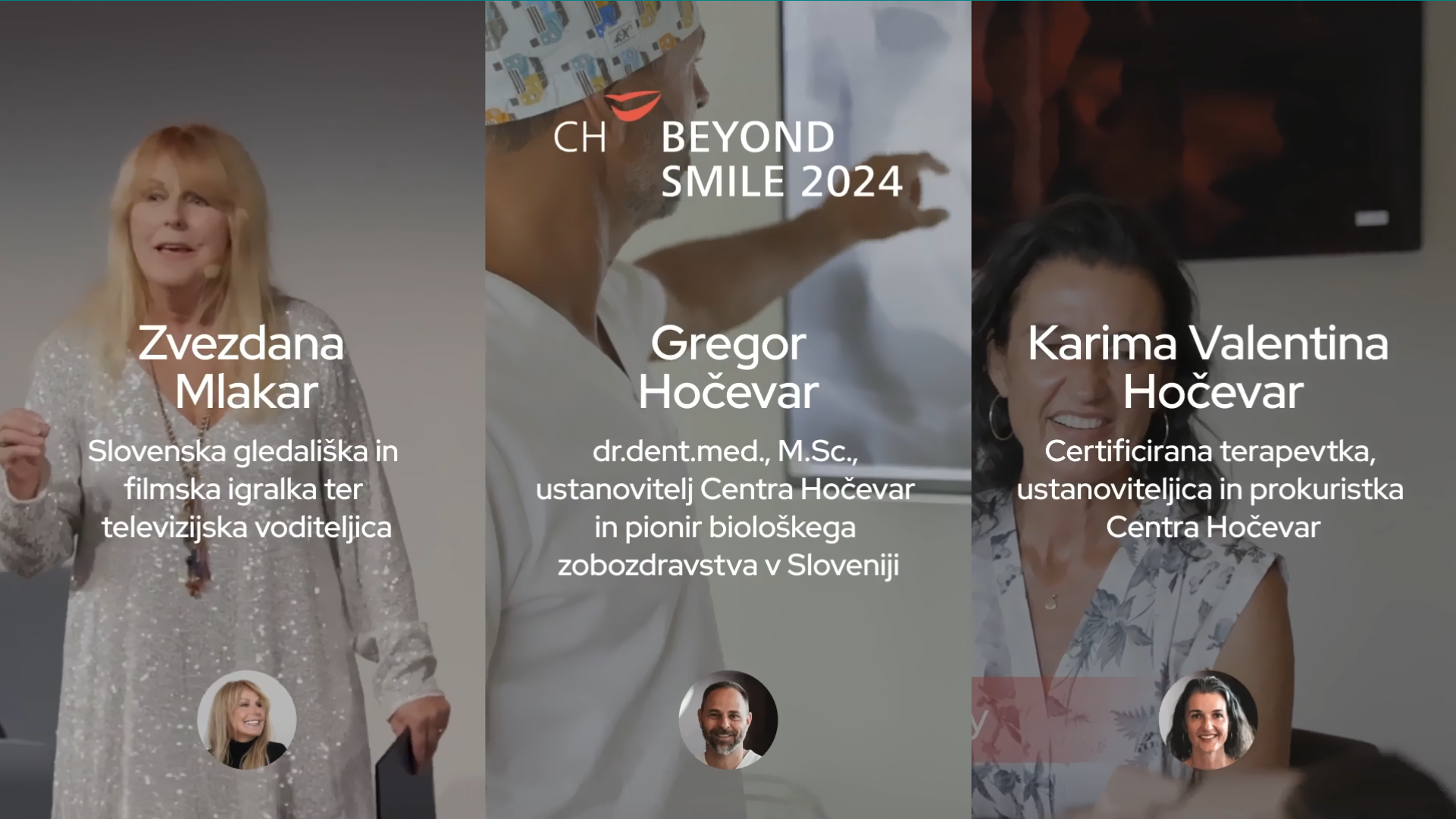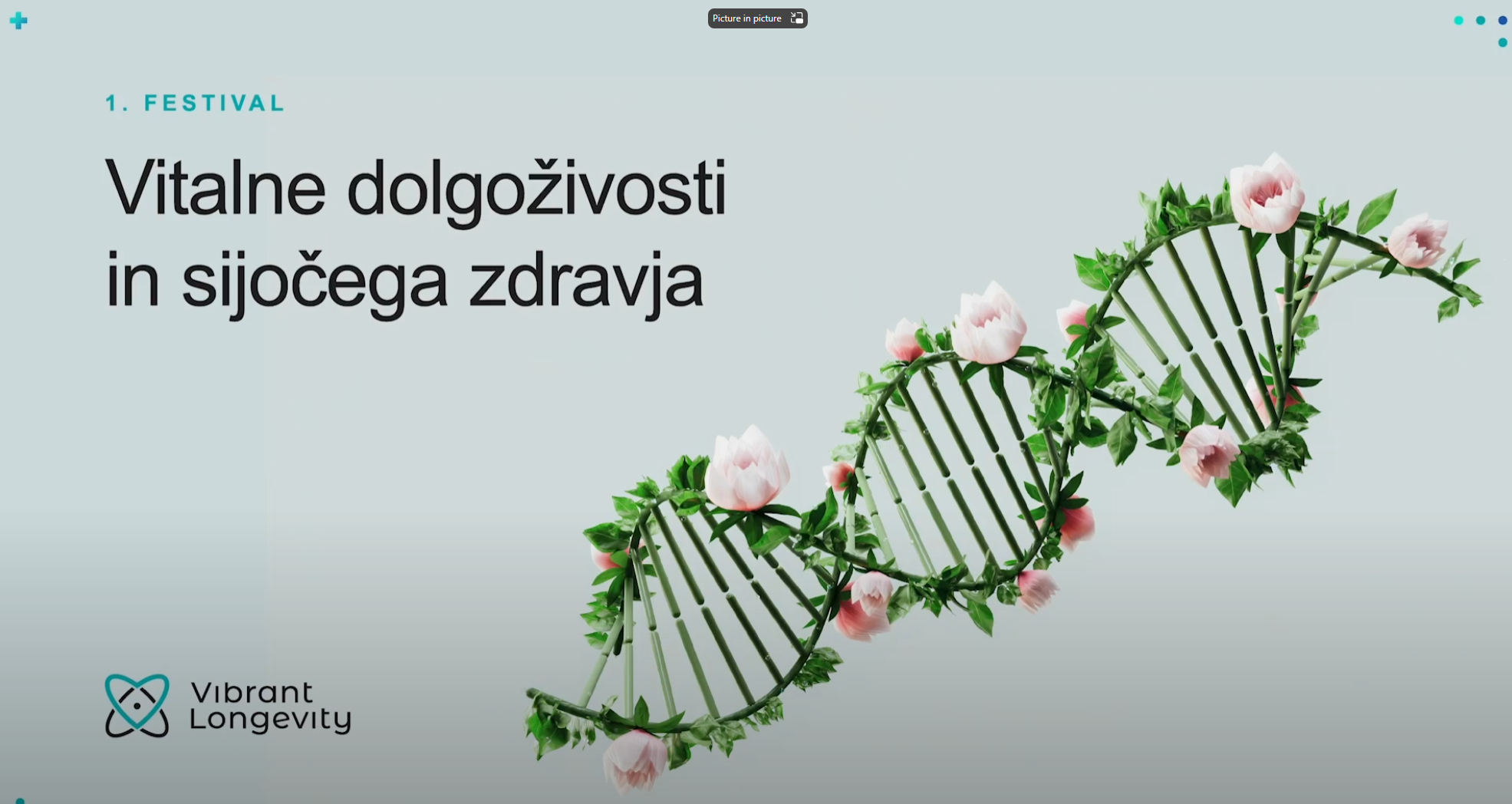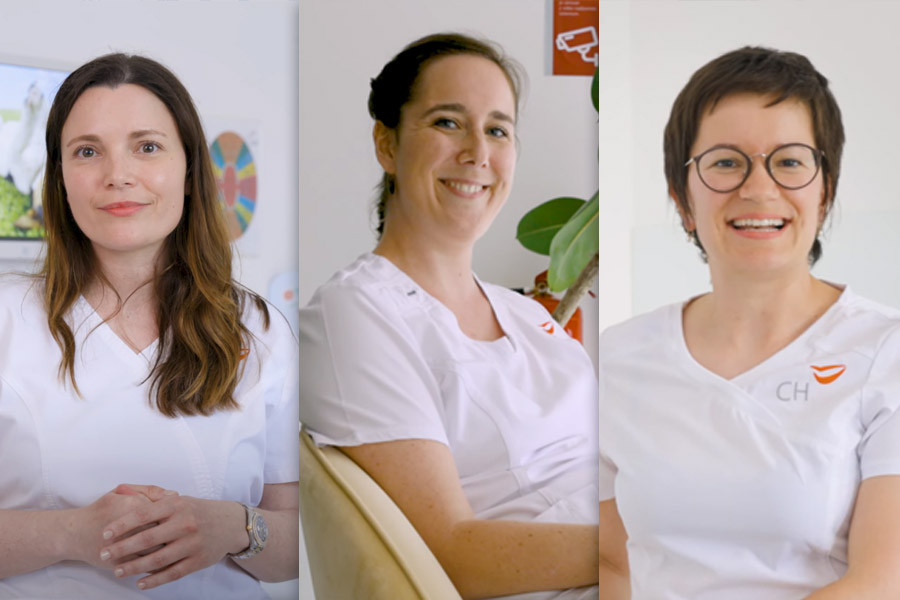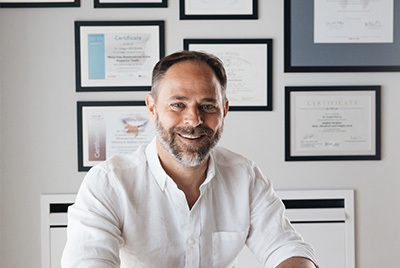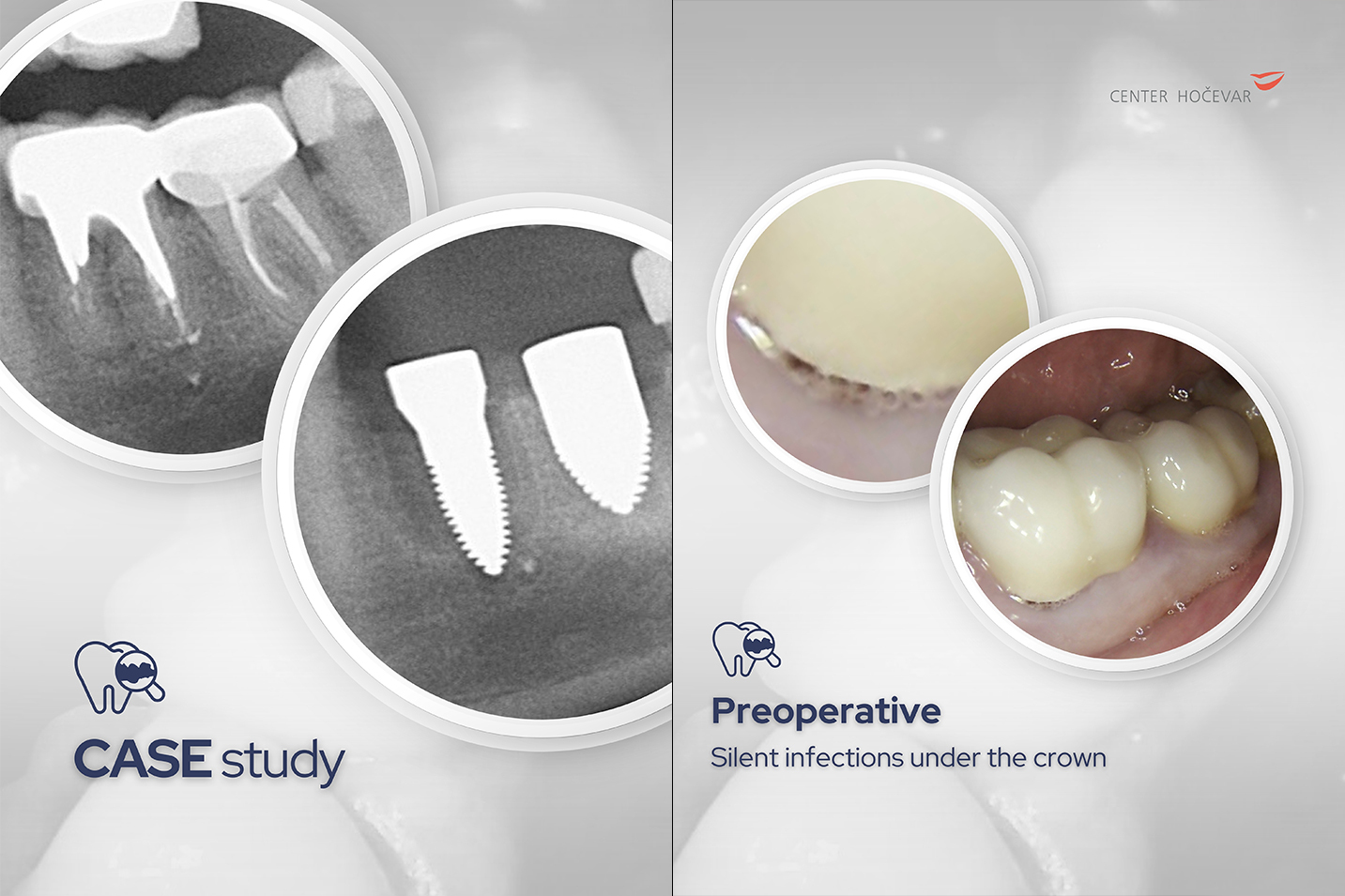NeuroAffective Relational Model
Have you ever reacted in a certain situation in a way you did not like? Have you wanted to change your behavior, but instead gone on to make the same mistake again? This is probably your body’s reaction based on a pattern you formed in your childhood. These patterns are active in your subconsciousness and hold you back regardless of your intentions. But this does not mean that these patterns cannot be changed.

The NeuroAffective Relational Model or NARM is used to heal developmental and relational traumas that affect your current experiencing and relationships. This is a psychodynamic, body-oriented approach that comprehensively heals you on psychological and physical levels.
Many negative physical and emotional symptoms originate in inadequately fulfilled fundamental emotional needs during the early stages of our lives. If these needs were not met in your childhood, you developed so-called survival styles. These styles helped you survive difficult circumstances, but they are no longer fruitful or may even hold you back.
The NARM approach will help you understand how these acquired patterns of response and your beliefs influence your present experiencing, how they create different symptoms, and isolate you from others. This awareness contributes to a personal transformation.
Healing fortifies the functional, healthy parts of your personality and increases quality interpersonal connection and self-regulation.
Recommended literature:
- Larry Heller & Aline LaPierre (2012) Healing Developmental Trauma: How Early Trauma Affects Self-Regulation, Self-Image, and the Capacity for Relationship. North Atlantic Books.
The spontaneous movement in all of us is towards connection, health and aliveness. No matter how withdrawn and isolated we have become or how serious the trauma we have experienced, on the deepest level, just as a plant spontaneously moves towards sunlight, there is in each of us an impulse to move towards connection and healing… This organismic impulse is the fuel of the NARM approach.


